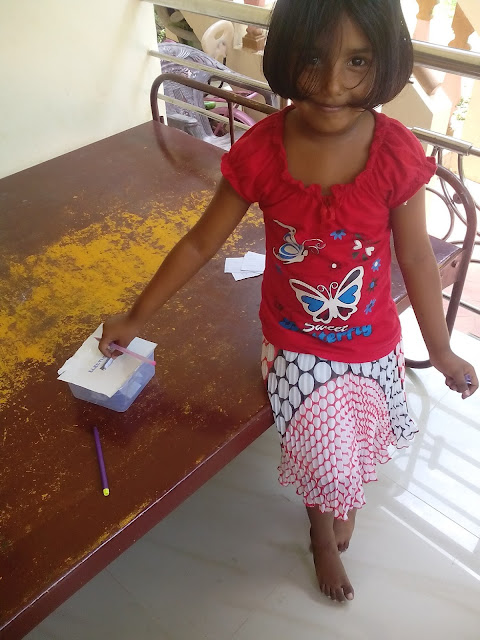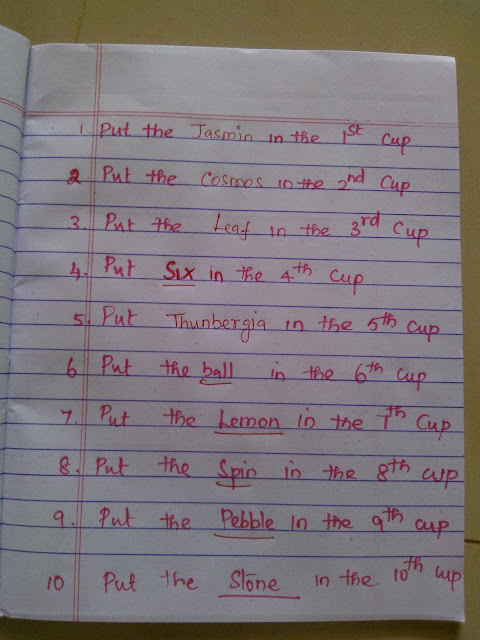Hi. I am back after a really lo……ng
summer break. My little one is 5 ½
years now and just entered in to primary class 1. During the summer break (of course
at the end of the break), I searched and did lots of research on selecting a
curriculum for grade 1 to follow this year 2015-16. It’s obviously a tough job to choose a
particular curriculum. There are no
fellow homeschoolers nearby to talk with. So, I decided to create my own curriculum. I referred the Primary curriculum of
various countries like international schools of Paris, Singapore, Bahamas and
our CBSE and ICSE. Finally created our curriculum for Mathematics, Science, and
Social Science. The Curriculum for language teaching (both English and Tamil) are
yet to be created.

I am a poor planner. Most of the time, we will be deviating from
the plan . My child may not be interested in the topic at that
time or the time/situation may not permit the particular activity or my child
may ask a question about what she finds something interesting in which we will
continue with.
So, instead of a year planner or a
week planner I thought of making a topic/theme planner. I have decided to
create lesson plans. I wanted to plan the way I am going to teaching the
particular topic-whether it is by telling a story, making a model or giving a
demonstration or via showing a video or through reading a book. I also want to plan the list of requirements,
things to be collected, to be made or to be bought.
If you are interested in viewing my curriculum
and plan, you can download the pdf of the same here.
So, my dear fellow homeschoolers
please go through my curriculum and tell me your suggestions. What is your curriculum and plan? I am dying
to read it. Please give the link. Thanks
in advance.



















































